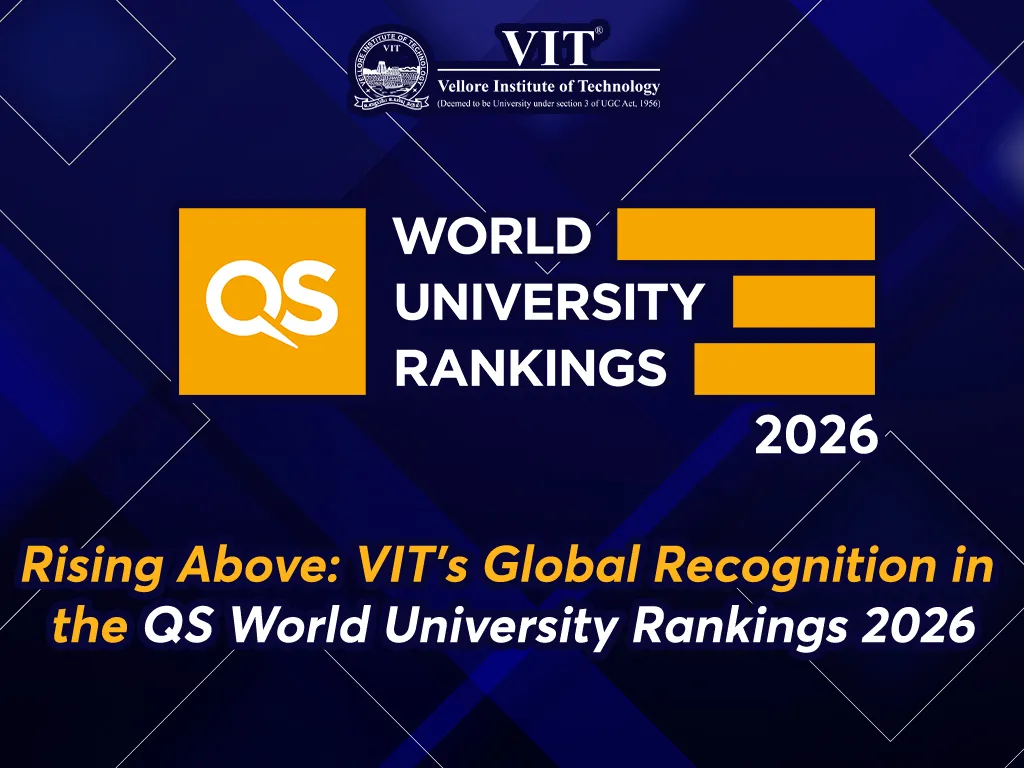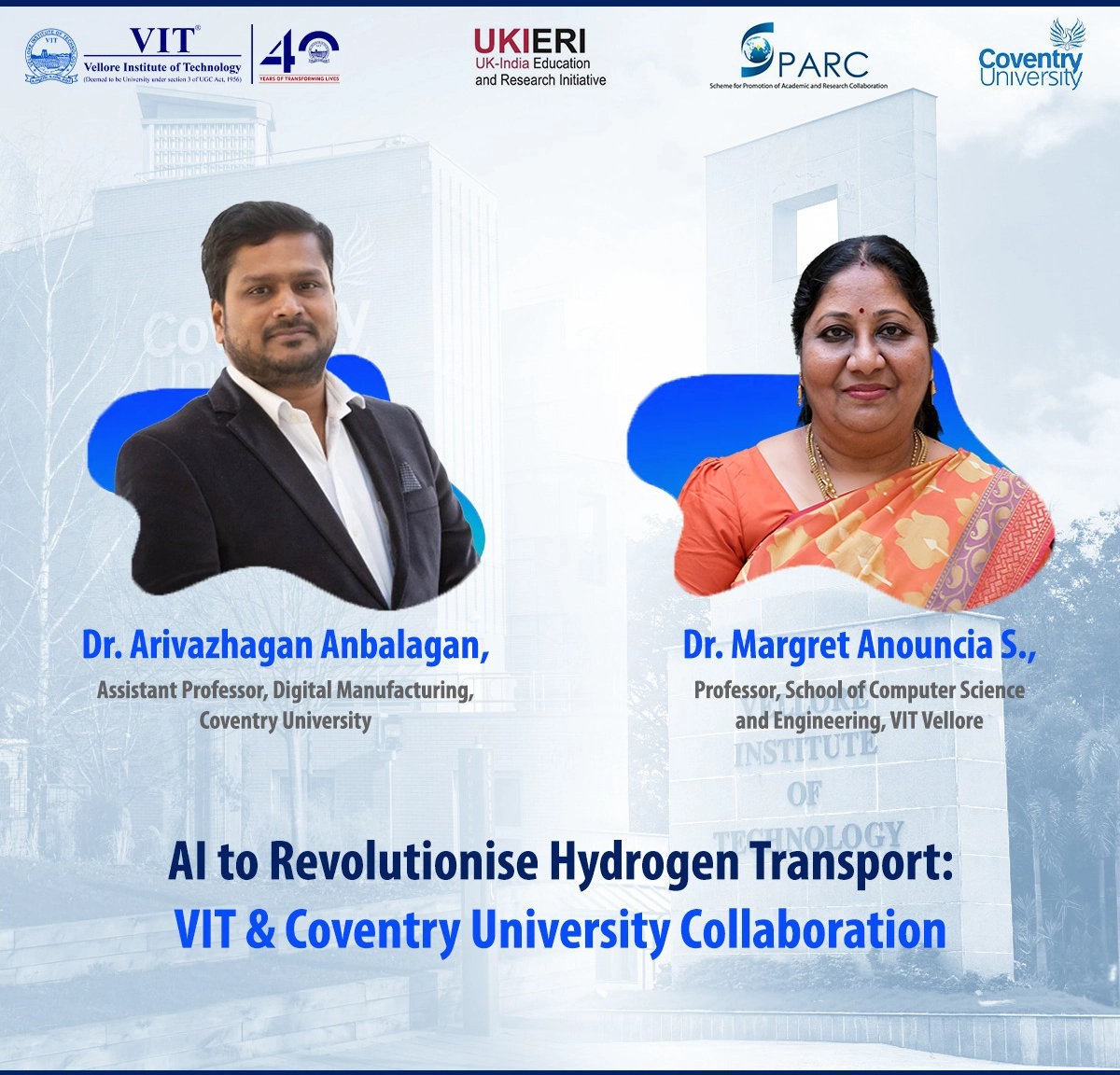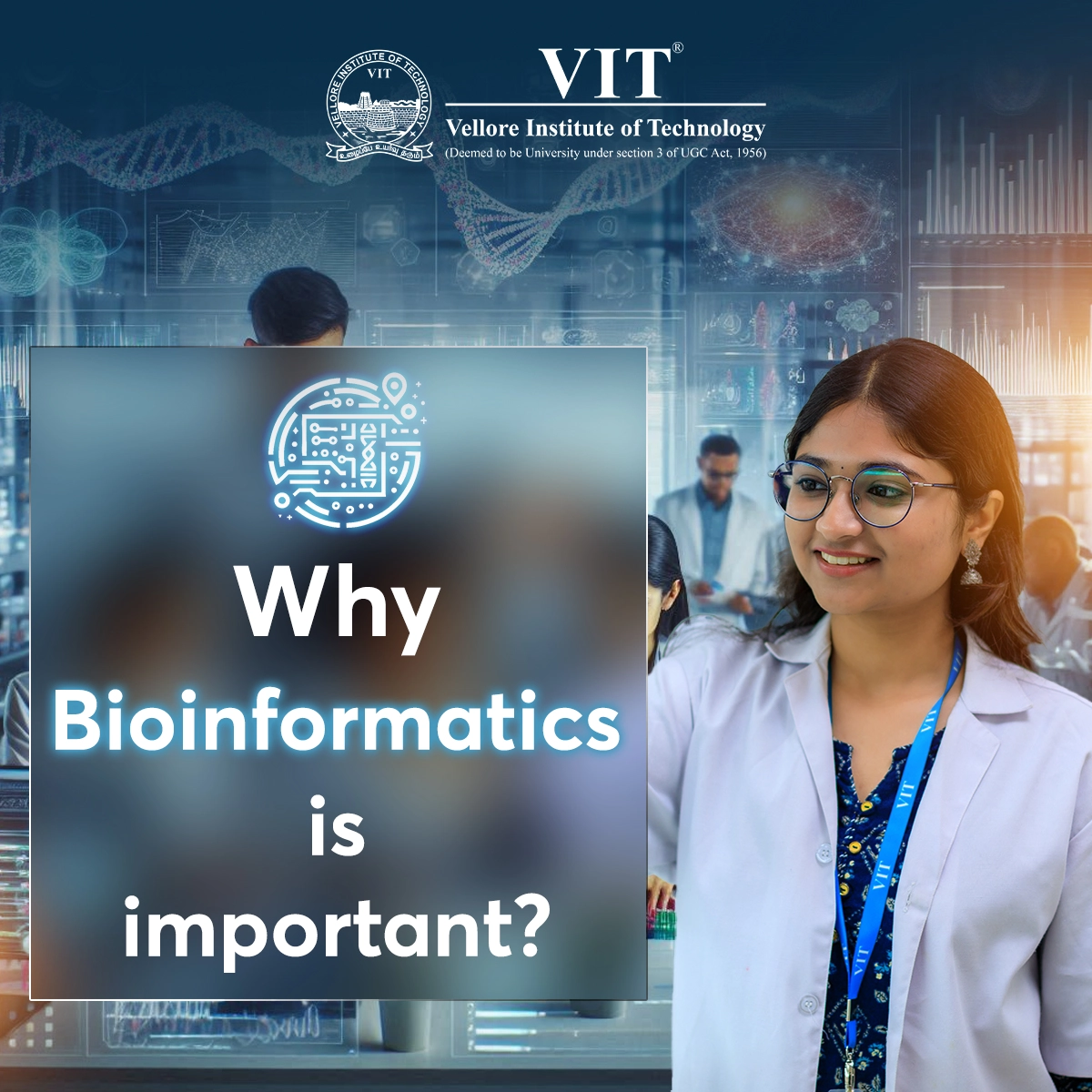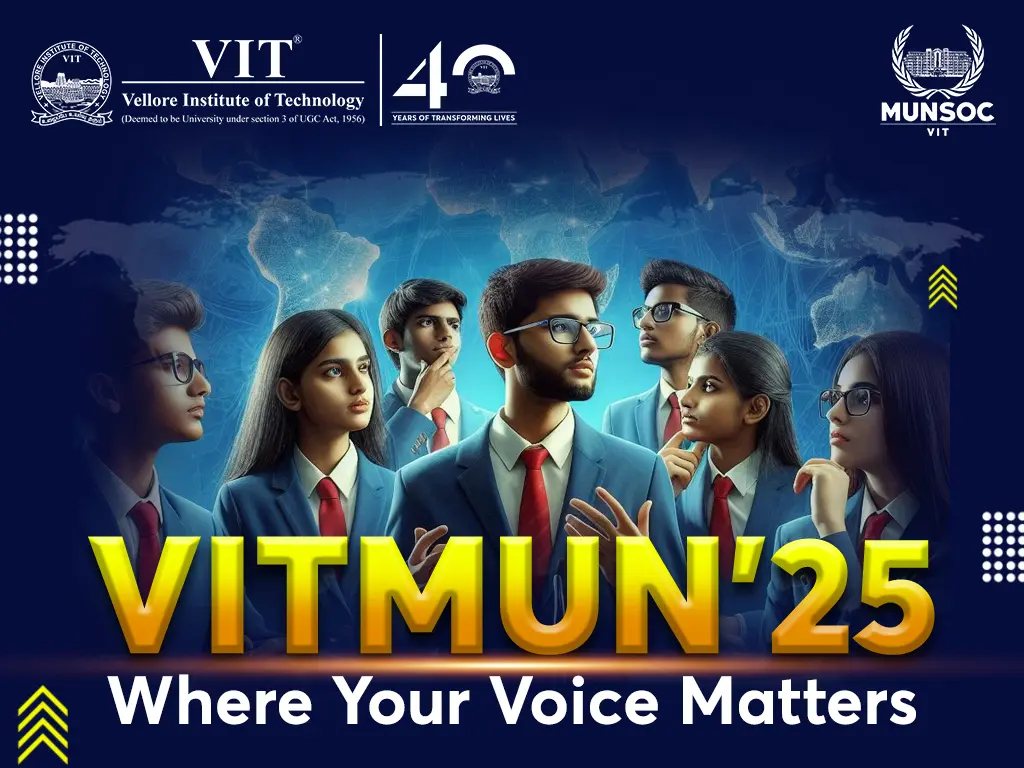Transforming education through Industry - Driven Innovation
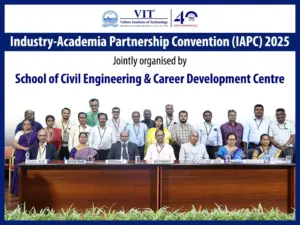
As industries advance, a strong industry – academia synergy is vital to ensure that students are both knowledgeable and industry-ready. This blog explores the Fourth Edition of the Industry – Academia Partnership Convention (IAPC), held on April 03-04, 2025, at VIT Vellore.
The event started with plenary section where industry experts shared their insights on several key areas shaping the recruitment process:
- One of the focal points was the challenges in the industry, where experts highlighted the need for a Continuous upskilling to meet evolving industry demands.
- Emphasized how students can prepare for interviews by aligning with current industry demands and showing relevant skills.
- How civil engineering projects can contribute to sustainable in research development and community well-being.
Further event continued with panel discussions. The panellists included Mr. Lokeshwara Babu, Director of Proscape FM LLC., Mr. V. Radhakrishnan the Managing Director of Keshthana Infrastructure and Mr. Ranji Varghese Business Head of CUMI.
The Q&A session was particularly enlightening addressing concerns about compensation and career growth. The panellist clarified that civil engineers are not necessarily underpaid, achieving a better package requires patience, selecting the right organization and continuous learning. One of the panellists aptly referred to it as ‘Carbon turning into diamond. It takes time to grow and achieve higher pay’.
They also briefed about the significance of practical experience and a positive attitude. The session underscored growing need for interdisciplinary knowledge with the shift towards mechanization to modern design.
Following this, the winners of Hackathon conducted on the previous day were announced. The Hackathon had 2 major challenges, sponsored by Tanseeq Invesment and Keshthana Infrastructure, respectively. With a cash price Rs.1,70,000, students were tasked with designing major projects tackling real-world challenges.
Project 1: Sustainable landscape engineering models for arid regions, focusing on plant selection, water management and microclimate improvement. Project 2: Resilient infrastructure prototypes to monitor and predict failures in buildings, bridges, roads and pipelines.
The Hackathon showcased how well-prepared today’s students are in meeting the demands of the modern workforce and contribute meaningfully to the industry. Overall, the event encouraged professional development and adaptability in the ever-changing landscape of civil engineering.
Hackathon Price Winners’ details:
Theme: Landscape Engineering
Sponsored By: Tanseeq Investment
| Position | Prize Money | Team Members | Methodology | Solution |
|---|---|---|---|---|
| 1st | Rs.50000/- | Kanaparthi Yaswanth Pavan, Sharvesh, Hevindh Surya R | AutoCAD 2D layout; Autodesk Revit enabled a detailed 3D model and walkthrough; Autodesk Forma optimized orientation and green space through solar and microclimate analysis. | Modular green roofs using drought-resistant Sedum species | Rainwater harvesting systems | Greywater recycling and vertical farming | Permeable pavements to aid in groundwater recharge | On-site forests and green patches | Self-cleaning solar panels | Biofuel production. |
| 2nd | Rs.30000/- | Yati Ajit Singh, Ria Singhal | Autodesk Fusion for making the structure, Leo AI for enhancing the 3d structure. | Turbine filters sand, adjusts to wind using AI |semi spherical fog-harvesting dome uses Nambi beetle channel like Changi Airport?s Rain Vortex |Solar-powered recirculating system| Hybrid rooftop turbine combines darrieus and savonius rotors|Self-starting power generation| |
| 3rd | Rs.20,000 | Ratna Pani Bajracharva, Amal Pradeep, G. Ajay Shankar | AI and Machine Learning were leveraged to ensure sustainable plant selection. Using Revivt , developed an efficient water management system featuring smart irrigation layouts and water reuse strategies. Autodesk forma utilized to analyse wind patterns over designed topography | Varying heights were positioned to enhance natural cooling airflow. Thoughtful brick alignment and use of thermally efficient materials helped minimize heat gain, supporting indoor comfort. Green corridors, Integrated green pathways connect urban spaces, promoting biodiversity, enhancing aesthetic value, creating microclimates that cool urban environments |
Theme: Resilient Infrastructure
Sponsored By: Keshthana Infrastructure
| Position | Prize Money | Team Members | Methodology | Solution |
| 1st | Rs.40000/- | Shreya A Raghavan, Gottapu Murali Sai, Madiraju Naresh | 3D rendering structure in Figuro Software, code in python, used sample pipeline data via google colap APIs. Code was compiled in Visual studio code. a sensor-like system to stimulate monitoring. | System in which the code and sensor automatically senses any disturbance in the pipeline and runs analysis, and gives alerts to major databases to lead immediate, precise response. The chemical infused pipeline works as maximum shock absorbent. |
| 2nd | Rs.20000/- | Bonta Sanjay, Kondumuri Venkat Rohit, Kandibanda Rathan Sai | Data was collected from Kaggle and GitHub, including labelled road images (cracks, potholes, plain), traffic data. After preprocessing, images and tabular data were prepared for training with MobileNetV2, Confusion matrix was to evaluate image model. | CNN model achieved 95% accuracy in classifying cracks, potholes and plain roads. Crack severity estimated using length, width, and area from images. PFR Calculated to predict pothole formation time. Automated system enables surface damage detection and predictive maintenance planning. User-friendly interface for field engineers and city planners. Potential for future expansion into GPS mapping and real time IoT data integration. |
| 3rd | Rs.10,000 | Suborna Goswami, Somani Nikunj Sachin, Kanishk V Jaini | Pushover analysis is done when Building fail during earthquakes. Using SAP2000, modelled a G+2building with correct materials, load combinations, and boundary conditions. Lateral loads were applied to simulate earthquake forces. The resulting graphs revealed the structure?s capacity vs demand, highlighting potential failure points. | Simulation provided us with performance points, capacity curves and displacement data. These results helped us identify the critical weak zones in the structure ? particularly in lower storeys, where plastic hinges were first observed. Based on the failure pattern, we proposed strengthening key structural components like columns and beam-column joints, especially in the lower floors, to improve resilience. |
VIT’s School of Civil Engineering continues to lead the way in sustainable development through its commitment to circular economy in construction, green energy, water resource management, and more. This innovative approach sets a benchmark for educational institutions worldwide, driving progress towards a sustainable future.

